Thursday, June 18, 2009
Safed rocks for skating, place to stay.
Pad in zefat, safed, rental etc..
Labels: short term rental israel north zefat
Wednesday, June 17, 2009
What is Illustration
An illustration is a visualization such as a drawing, painting, photograph or other work of art that stresses subject more than form. The aim of an illustration is to elucidate or decorate textual information (such as a story, poem or newspaper article) by providing a visual representation.
Contents |
Overview
Illustrations can:
- give faces to characters in a story;
- display examples of an item described in an academic textbook (e.g. a typology);
- visualize step-wise sets of instructions in a technical manual;
- communicate subtle thematic tone in a narrative;
- link brands to the ideas of human expression, individuality and creativity;
- depict subjects which are difficult to view or cannot be viewed by the human eye, and
- inspire the viewer to feel emotion to expand on the linguistic aspects of the narrative.
History
Early history
The earliest forms of illustration were prehistoric cave paintings. Before the invention of the printing press, books were hand-illustrated. Illustration has been used in China and Japan since the 8th century, traditionally by creating woodcuts to accompany writing.[citation needed]
15th century through 18th century
During the 15th century, books illustrated with woodcut illustrations became available. The main processes used for reproduction of illustrations during the 16th and 17th centuries were engraving and etching. At the end of the 18th century, lithography allowed even better illustrations to be reproduced. The most notable illustrator of this epoch was William Blake who rendered his illustrations in the medium of relief etching.
Early to mid 19th century
In the early 19th century the proliferation of popular journals, which often serialised novels for mass-circulation, produced a boom in popular illustration. The medium moved away from steel engraving which was the standard in the early century towards wood-engraving which could more easily be incorporated into pages of text. Book and journal publishers would employ workshops of wood-engravers to render artists' drawings onto polished blocks of fine-grained yew or box-wood which could then be locked directly into the printing-chase with the metal type. Notable figures of the early century were John Leech, George Cruikshank, Dickens' illustrator Hablot Knight Browne and, in France, Honoré Daumier. The same illustrators would contribute to satirical and straight-fiction magazines, but in both cases the demand was for character-drawing which encapsulated or caricatured social types and classes.
The British humorous magazine Punch, which was founded in 1841 riding on the earlier success of Cruikshank's Comic Almanac (1827-1840), employed an uninterrupted run of high-quality comic illustrators, including Sir John Tenniel, the Dalziel Brothers and Georges du Maurier, into the 20th century. It chronicles the gradual shift in popular illustration from reliance on caricature to sophisticated topical observations. These artists all trained as conventional fine-artists, but achieved their reputations primarily as illustrators. Punch and similar magazines such as the Parisian Le Voleur realised that good illustrations sold as many copies as written content.

Golden age of illustration
The American "golden age of illustration" lasted from the 1880s until shortly after World War I (although the active career of several later "golden age" illustrators went on for another few decades). As in Europe a few decades earlier, newspapers, mass market magazines, and illustrated books had become the dominant media of public consumption. Improvements in printing technology freed illustrators to experiment with color and new rendering techniques. A small group of illustrators in this time became rich and famous. The imagery they created was a portrait of American aspirations of the time.
A prolific artist who linked the earlier and later 19th century in Europe was Gustave Doré. His sombre illustrations of London poverty in the 1860s were influential examples of social commentary in art. He remained with the medium of monochrome engraving in his later more fantastical work, but other artists were discovering the possibilities of color, particularly under the influence of the Pre-Raphaelite painters and emulations of hand-printing techniques by the design-oriented Arts and Crafts Movement. Edmund Dulac, Arthur Rackham, Walter Crane and Kay Nielsen were notable representatives of this style, which often carried an ethos of neo-mediævalism and took mythological and fairy-tale subjects. By contrast the English illustrator Beatrix Potter based her colored children's illustrations on accurate naturalistic observation of animal-life.
The opulence and harmony of the work of the "golden age" illustrators was counterpointed in the 1890s by artists like Aubrey Beardsley who reverted to a sparser black-and-white style influenced by woodcut and silhouette, anticipating Art Nouveau, and Les Nabis. American illustration of this period was anchored by the Brandywine Valley tradition, begun by Howard Pyle and carried on by his students, who included N.C. Wyeth, Maxfield Parrish, Jesse Willcox Smith and Frank Schoonover.
A movement was started in Latin America by Santiago Martinez Delgado who worked in the 1930s for Esquire Magazine while an art student in Chicago, and later in his native Colombia with the Vida Magazine, Martinez a disciple of Frank Lloyd Wright worked in the Art Deco style. Also in the 1930s the influence of propaganda art and expressionism was felt in the work of the British freelance illustrator Arthur Wragg. His stylised monotone shapes suggested the block-printing techniques used for political posters, but by this time the technology of transferring artwork to printing plates by photographic means had advanced to the extent that Wragg could produce all his work in pen and ink.
Post World War II period
Disregarded in their own day, the styles of illustration which have since come to characterize the 1950s and 1960s are magazine advertising and comic art. These styles even began to flow back into the mainstream of fine art in the work of Andy Warhol and Roy Lichtenstein (both of whom had worked as commercial illustrators). Not so admired have been the various styles of illustration associated with pop album cover in the 1970s, often based on airbrush techniques.
The 1950s and 1960s were another Golden Age of Illustration, with hundreds of Illustrators working. Illustrations appeared in magazines, on billboards, on magazine covers and on television. The use of Illustrators began to wane in the mid 1950s, but the genre continued to be seen regularly through the early 1960s. The artwork of Norman Rockwell, Harry Anderson, and Charles Kerins, epitomize the era.
Today
Starting in the 1990s, traditional illustrators found themselves confronting a challenge from those using computer software such as Adobe Illustrator, Photoshop, and CorelDRAW. The use of Wacom tablets and similar apparatus also increased the ability of drawing and painting directly in a computer.
Today, many illustration students are made aware of the technology available, with equal emphasis placed upon more traditional illustration techniques. As a result, traditional and digital techniques are often used in conjunction with each other. One form of this is fusion illustration[citation needed] which crosses the boundaries of fine art and commercial art in a world where illustration, graphic design, typography, and photography work together.
Increasingly illustrators are using their digital tools as a way of making quick adjustments and edits for work to be published; at the request of an editor a whole character can be replaced or a building moved from left to right without physically altering the original artwork. In an industry where time is an important factor, this tool is often a necessity.
While illustrations have been previously been considered just a small part of the creative and entertainment industries, they are becoming a new and significant factor in industries such as video games, movies, animation, advertising and publishing, the former three known for their use of concept art in pre-production.
Technical illustration
Technical illustration is the use of illustration to visually communicate information of a technical nature. Technical illustrations can be component technical drawings or diagrams. The aim of technical illustration is to generate expressive images that effectively convey certain information via the visual channel to the human observer.[1]
The main purpose of technical illustration is to describe or explain these items to a more or less nontechnical audience. The visual image should be accurate in terms of dimensions and proportions, and should provide an overall impression of what an object is or does, to enhance the viewer’s interest and understanding.[2]
Illustration art
Today, there is a growing interest in collecting and admiring original artwork that was used as illustrations in books, magazines, posters, etc. Various museum exhibitions, magazines and art galleries have devoted space to the illustrators of the past.
In the visual art world, illustrators have sometimes been considered less important in comparison with fine artists and graphic designers. But as the result of computer game and comic industry growth, illustrations are becoming valued as popular and profitable art works that can acquire a wider market than the other two, especially in Korea, Japan, Hong Kong and USA.
See also
| Wikimedia Commons has media related to: illustration |
| Look up illustration in Wiktionary, the free dictionary. |
- Archaeological illustration
- Art gallery
- Concept Art
- Communication Design
- Graphic Design
- Illustrators
- Image development
- Information graphics
- Posters
- Technical illustration
[edit] References
- ^ Ivan Viola and Meister E. Gröller (2005). "Smart Visibility in Visualization". In: Computational Aesthetics in Graphics, Visualization and Imaging. L. Neumann et al. (Ed.)
- ^ www.industriegrafik.com website, Last modified: Juni 15, 2002. Accessed 15 feb 2009.
Labels: buy mazes, illustration, inkblot mazes, what is, y.frimer
Saturday, June 6, 2009
mazes, inkblot mazes, yfrimer, mazes in the news, with real mazes.
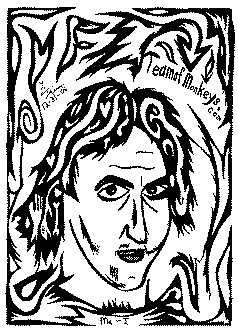 Team Of Monkeys.com
Team Of Monkeys.com 
Home Contact Info Image Archive 2006 Mazes About The Artist
Susan Boyle Mazes Blivet
8th Page of Mazes 9 Mazes top-10 Maze 11 Maze 12 Mazes Lucky 13 Mazes

Maze Portrait of Albert Einstein.

"Genius Maze" - By Y. Frimer
Mazes Celebrity Portraits Activity Booklet
Maze Portait of Rodney Dangerfield

"My Mazes Get No Respect" - By Y. Frimer
Mazes Celebrity Portraits Activity Booklet
Blivet Maze - Optical illusion maze of an impossible object.

Blivet Maze - 2009, By Yonatan Frimer
|
“They that mistake life's accessories for life itself are like them that go too fast in a maze: their very haste confuses them”
|
Handheld Games is bringing the much-loved 1984 game Marble Madness to the iPhone
Published on Jun 5, 2009
Handheld Games is bringing 1984 classic Marble Madness to the iPhone, in association with Midway.
True to the original, it’ll feature six levels of mazes that you have to navigate through to find the exit within a time limit. Aside from the standard oldie mode, there will also be a handful of new modes on offer, plus the option to use revamped visuals.
The new modes are based on various different types of race, including ‘Targets’ and ‘Flag’, where you have to roll over targets and weave between flags respectively. We don’t have any screenshots to show you at the moment, but we’ll be sure to update you as soon as any additional information shows up.
Handheld games was responsible for the iPhone sports game TouchSports Tennis ’09, and is working on a handful of other games due for release in the coming months including the shooter Lock ‘n Load.
Maze of Monkey Illusion - 2009
Optical illusion maze caused by conflicting horizontal and vertical lines.

Maze of Monkey Illusion - 2008 - By Yonatan Frimer
Mazes Celebrity Portraits Activity Booklet
Maze of Robocop

"Robo Maze" By Y. Frimer
Mazes Celebrity Portraits Activity Booklet
Maze Kong
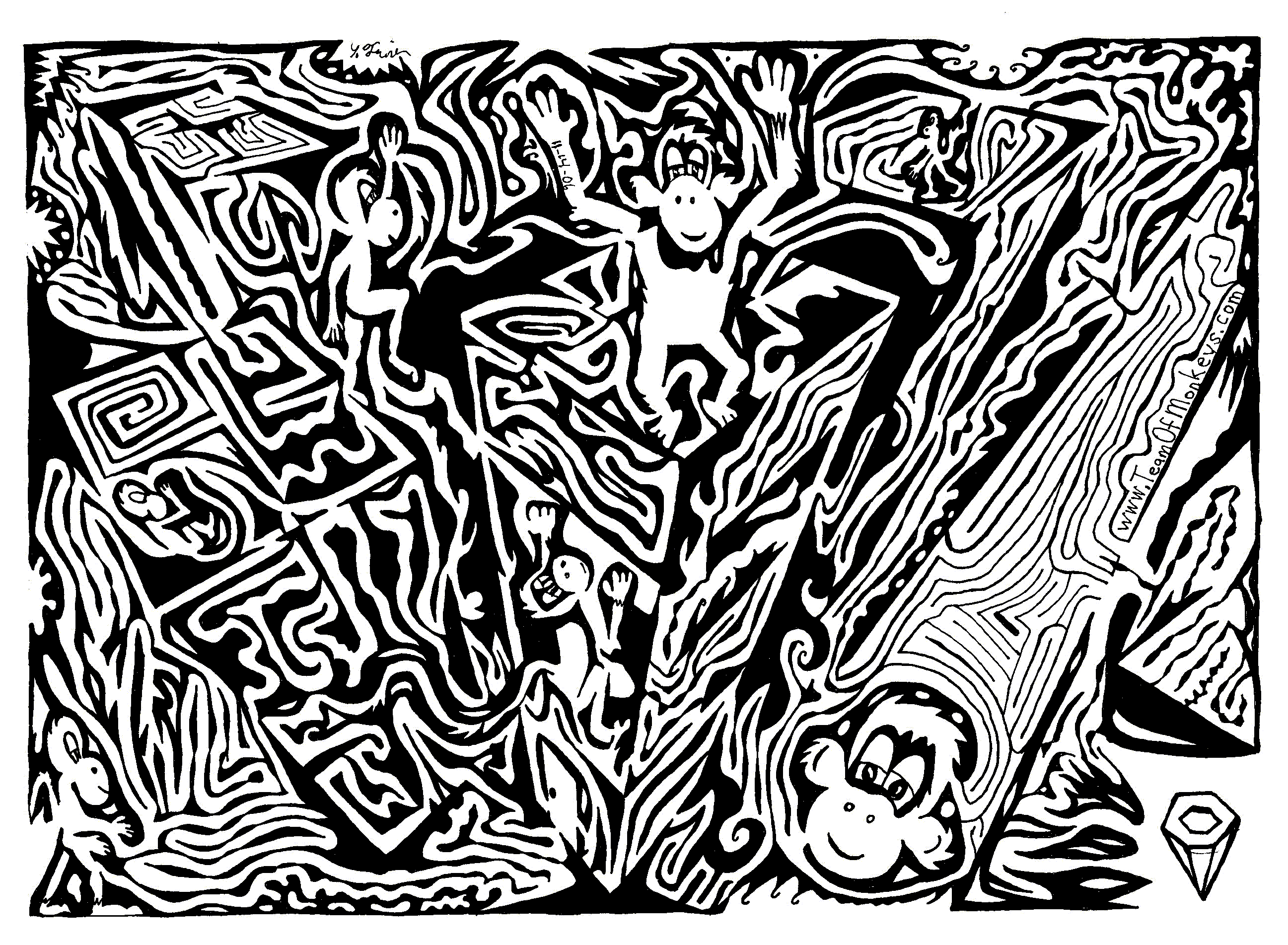
King Kong of Mazes
| “The man of character, sensitive to the meaning of what he is doing, will know how to discover the ethical paths in the maze of possible behavior.”
|
Barak Obama Maze Portrait- 2009

Maze Portrait of Barak Obama - By Yonatan Frimer
| Real obstacles don't take you in circles. They can be overcome. Invented ones are like a maze.
Barbara Sher |
Maze of the Statue of Liberty - 2009

Maze of Liberty - 2009 - Yonatan Frimer
Mazes Celebrity Portraits Activity Booklet
Absolut Maze




Maze Portrait
Sean Hannity - Fox News

Maze Portrait
Bill Oreilly - Foxnews

Maze portrait of Howard Stern

Howard Stern
Larry King Maze

Maze of Larry King from CNN
Hinden Maze - 2009

Maze One For The Gipper - 2009

Unicorn Maze - 2009

Maze of Beauty - 2009

Maze-A-Delic 2006
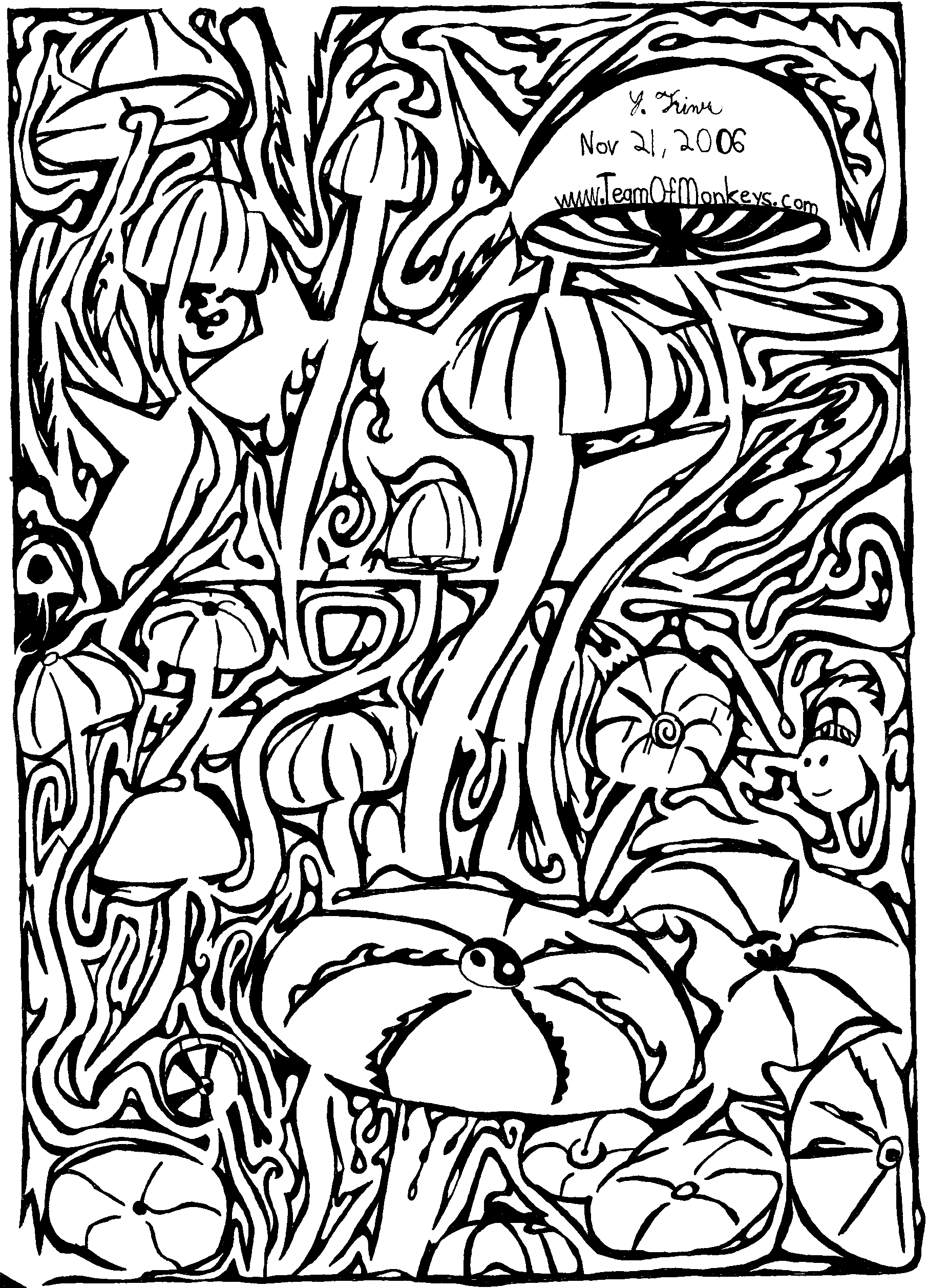
Home Contact Info Image Archive 2006 Mazes About The Artist
Maze Page 2 Maze Page 3 Maze Page 4 Maze Page 5
Maze Page 6 Maze Page 7 Maze Page 8 Maze Page 9
top-10 Maze Page Maze Page 11 Maze Page 12 Maze Page 13
mazes
Many of the mazes are of celebrities or of some famous piece of artwork. Others are just plain famous pictures from the press or media.
This is a maze of monkeys jumping off roof tops. It took something like 20 hour to draw this one, and it probably can be solved in about 1-4 minutes. Totally worth it :)

Team of Monkeys
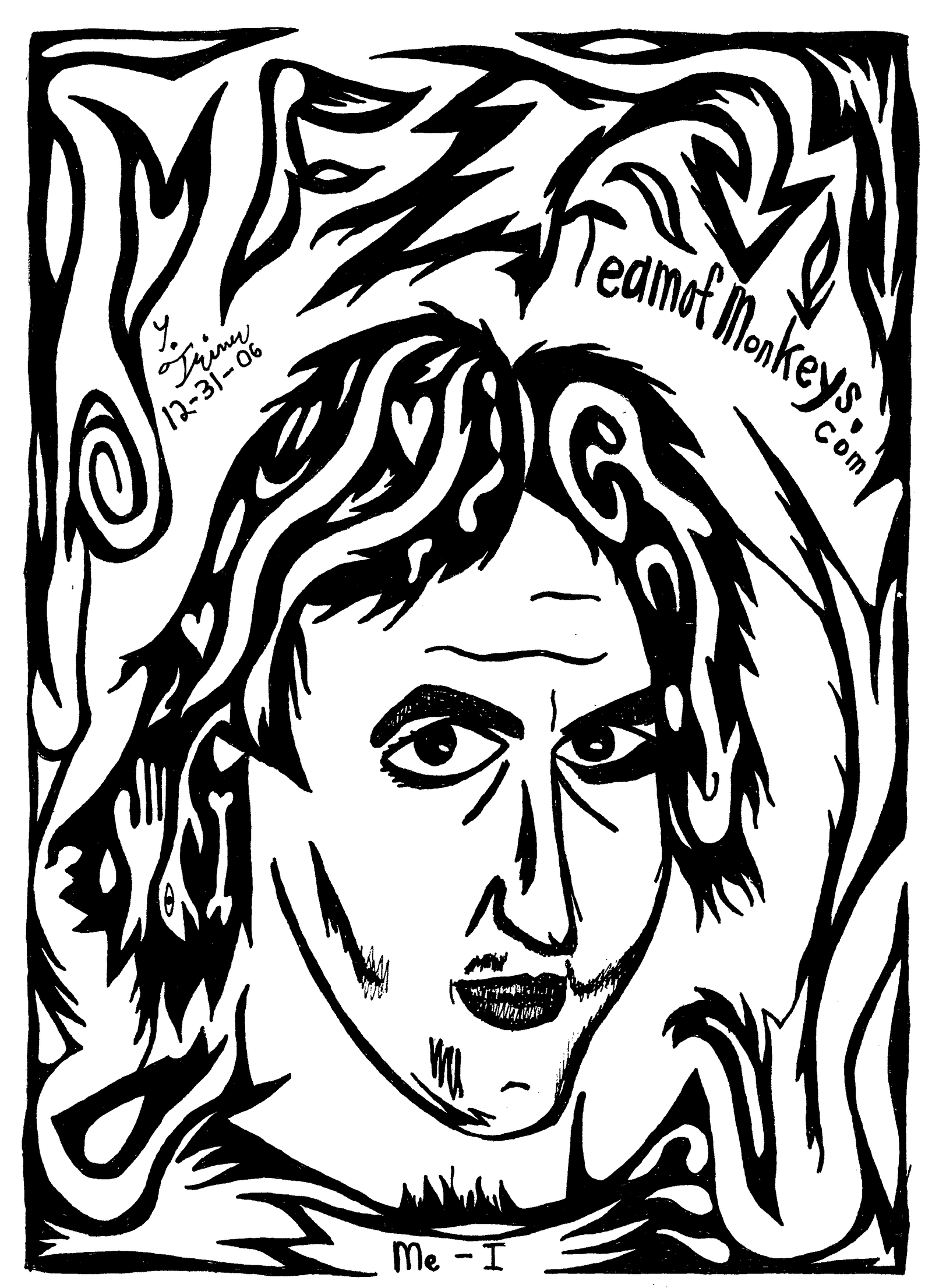 Team Of Monkeys
Team Of Monkeys 
A webbed maze of web mazes and other puzzling fun.
Home - Contact - MAZE ARCHIVE - Monkey Comic Site - About The Artist
Susan Boyle Mazes



Maze of Mazes

Have a look at our maze collection. Enjoy.
>>Next Maze>>
Maze_1 Maze_2 Maze_3 Maze_4 Maze_5 Maze_6 Maze 7 Maze 8
Maze of an Olympic Pool - Y.Frimer Mazes

Please contact the maze artist if you'd like to use any of these mazes in your publication or paper.
Download Maze of An Olympic Pool in Larger PNG Format
Download Maze of An Olympic Pool in PNG Format
Download Maze of An Olympic Pool in Thumb gif Format
>>Next Maze>>
Maze_1 Maze_2 Maze_3 Maze_4 Maze_5 Maze_6 Maze 7 Maze 8
Hallucamazenic Maze-A-Delic - Ink On Paper, Winter 2006, by Y. Frimer

Click here to buy Maze A Delic Royalty Free License - For Editorial and Commericial Use
www.TeamOfMonkeys.com
Your source for mazes.








TeamOfMonkeys.com
Your source for mazes.
Maze Kong - Ink on Paper

CLICK on any maze to view, print and enjoy. Free.
- Only at TeamOfMonkeys.com -
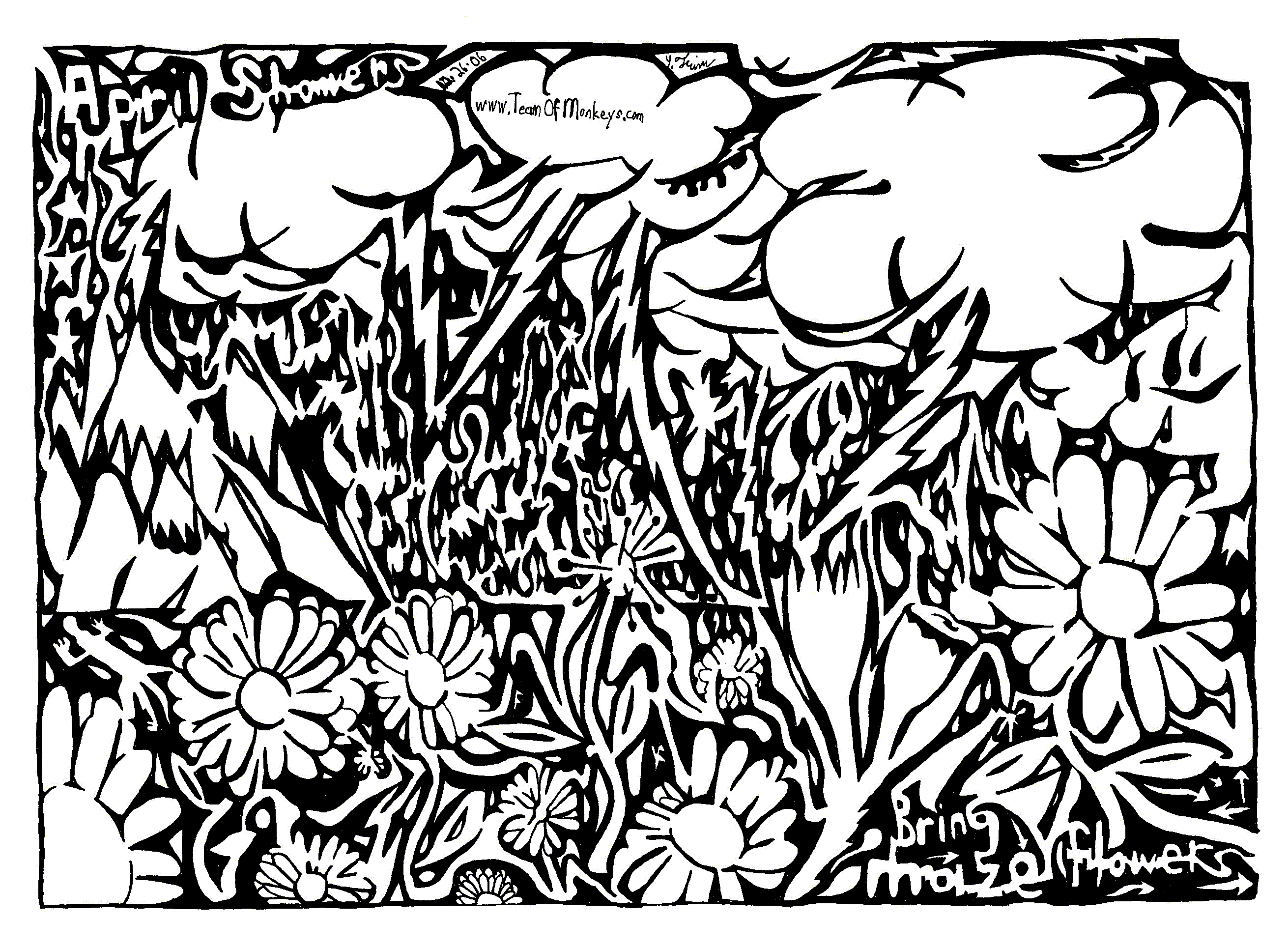
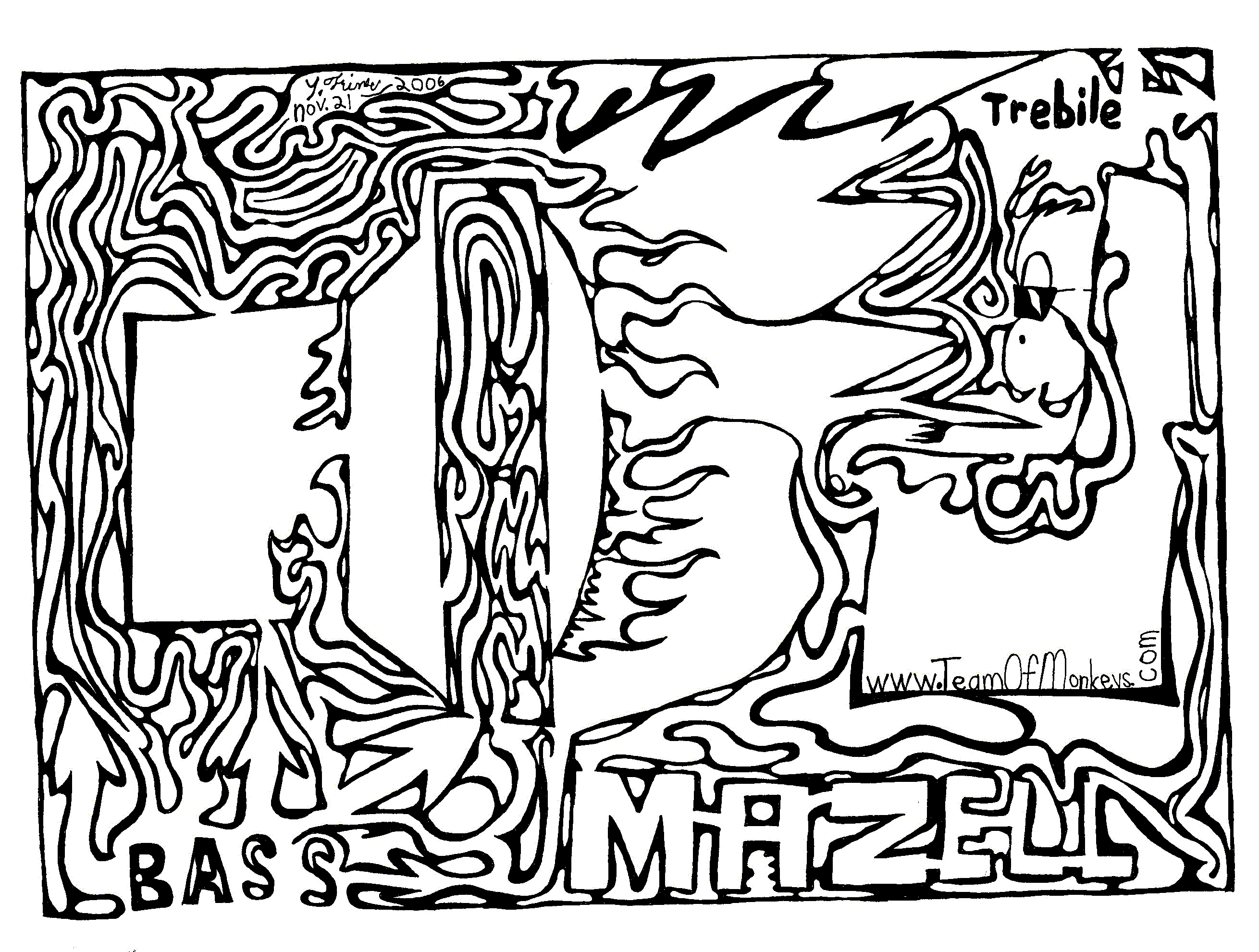
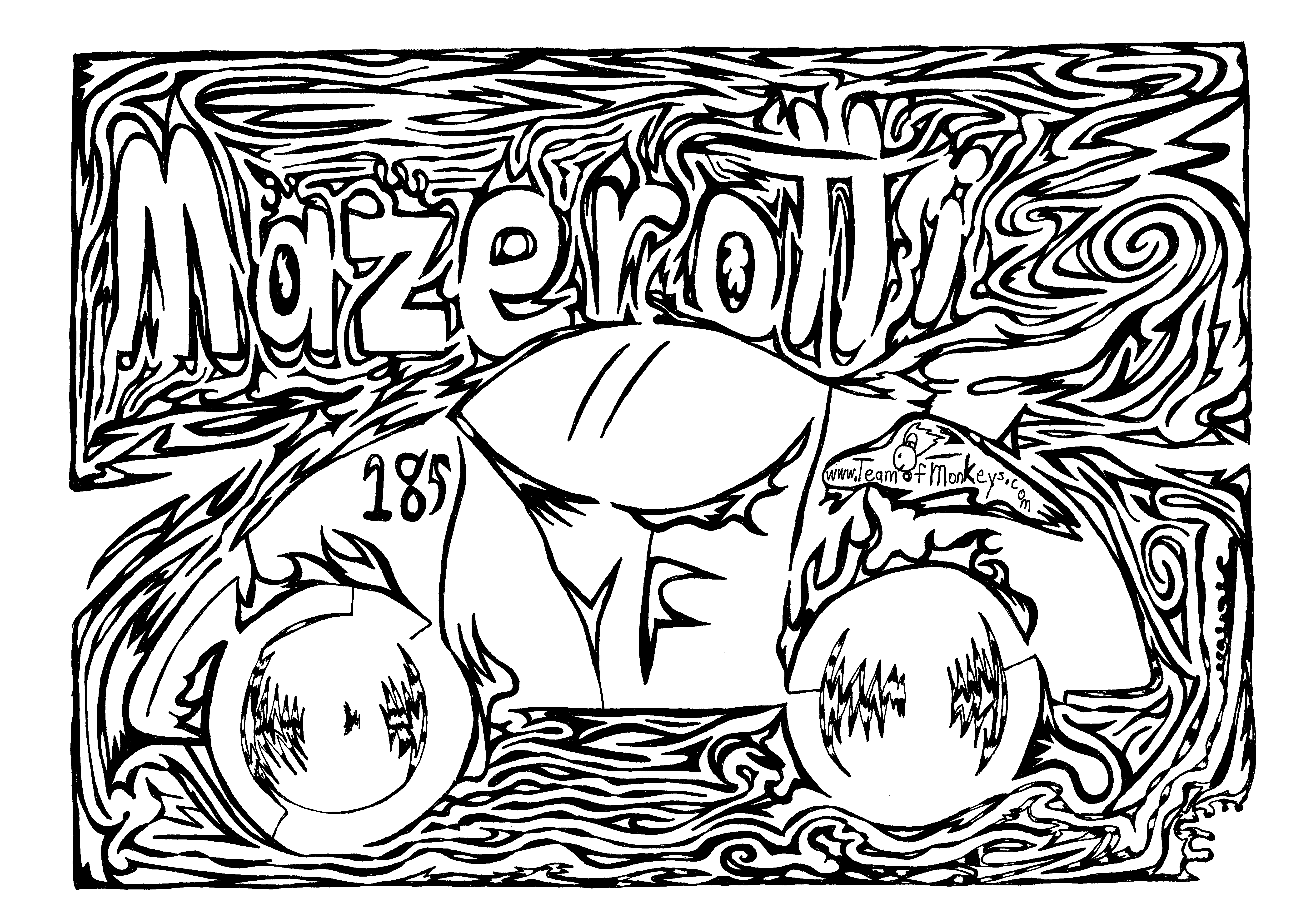
Maze Blog
Download PDF Maze of Mazes Booklet #1
Download PDF Maze of Mazes "Most Popular Mazes" Booklet
Y.Frimer Maze in the Chinese Newspaper, The Information Times
Susan Boyle Singing "I Dreamed a Dream" Portrait Maze

Shocked to get 3-yes-votes, Susan Boyle, Maze

Maze of Susan Boyle and her Large Audience

Ninja Maze

Maze of the Statue of Liberty - 2009

Maze of Liberty - 2009 - Yonatan Frimer

Please contact the maze artist if you’d like to use any of these mazes in your publication or paper.
Labels: inkblot mazes, mazes, mazes in the news, with real mazes., yfrimer
Subscribe to Comments [Atom]





0 comments:
Post a Comment